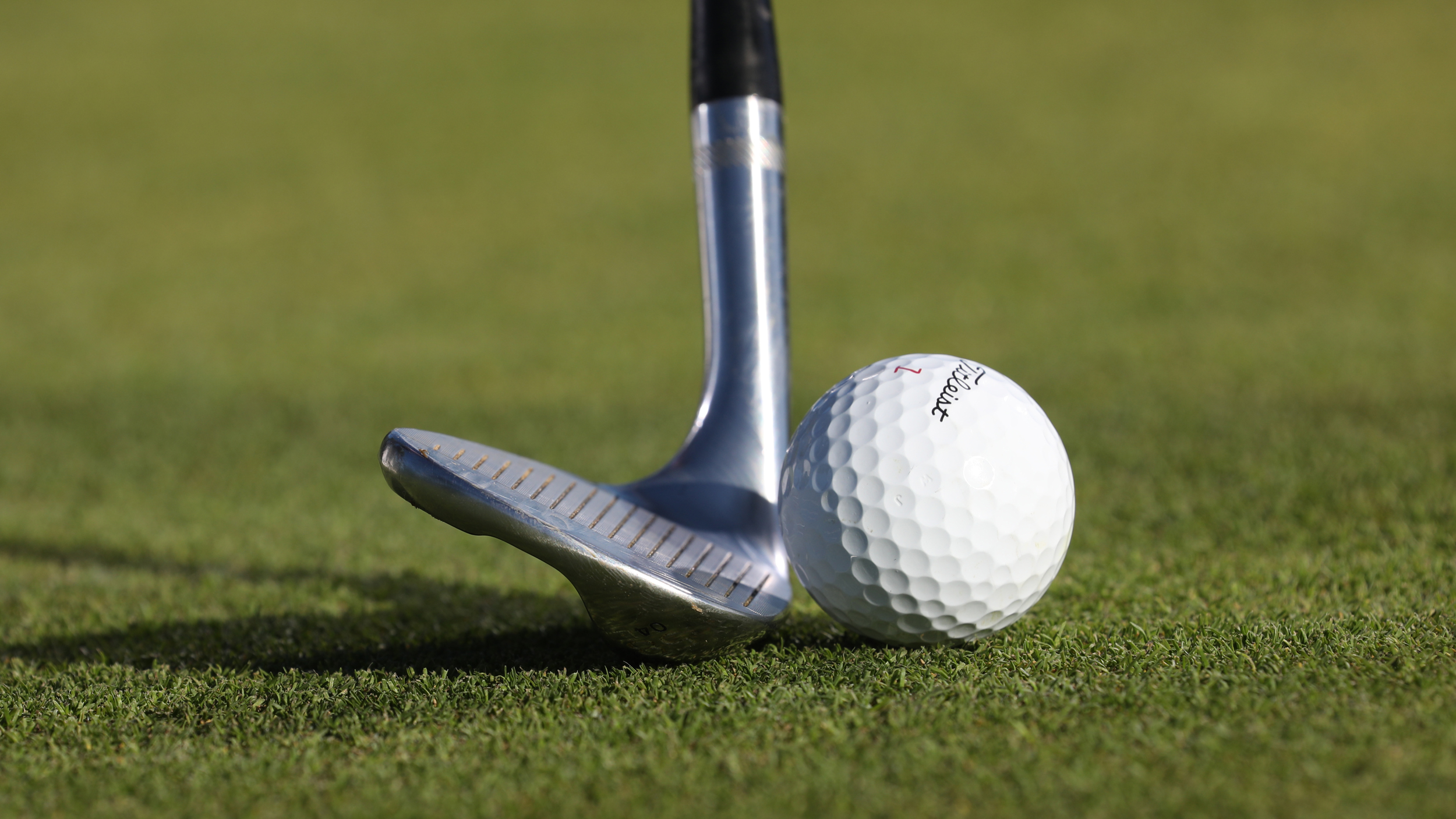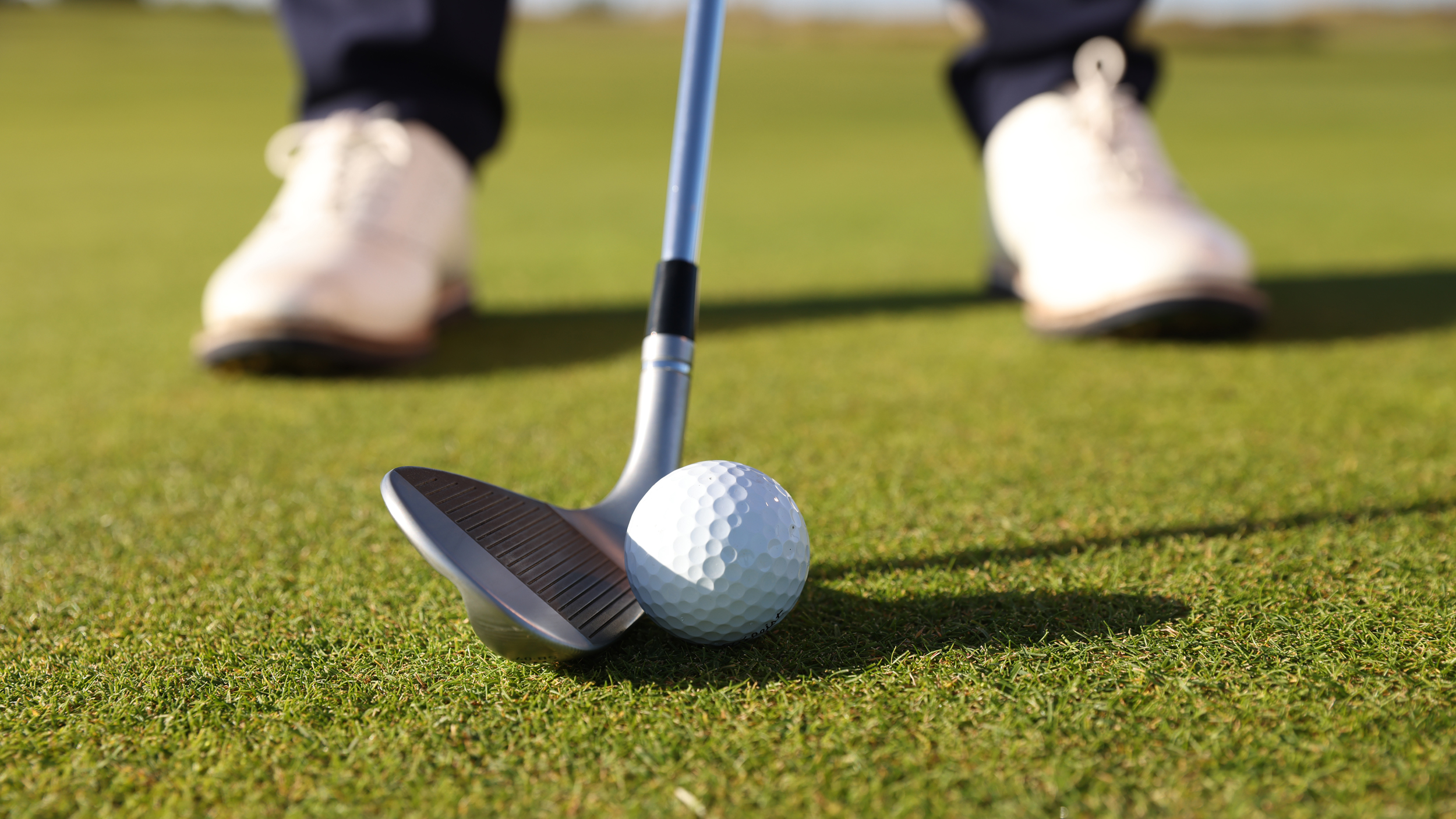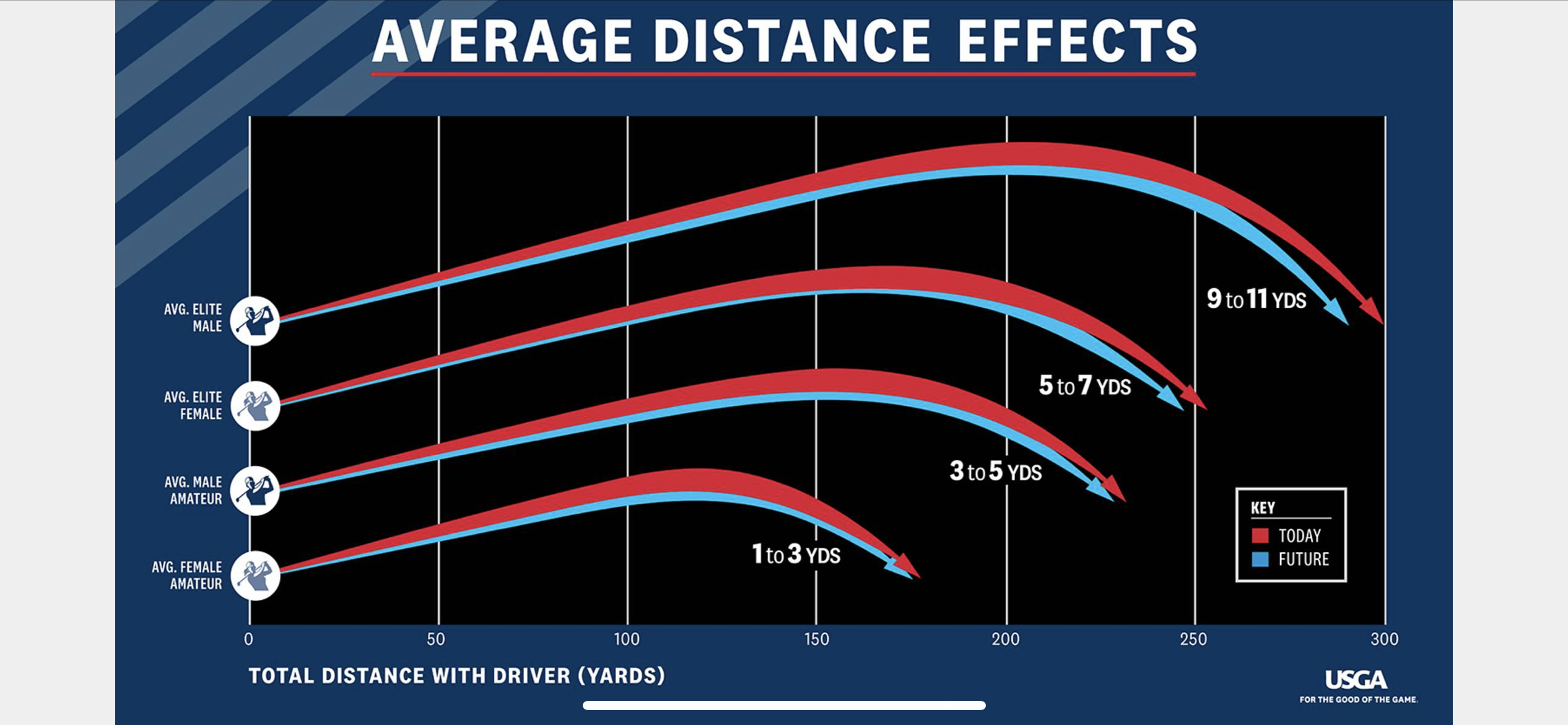
The announcement from golf’s governing bodies today revising the testing conditions of golf balls in an attempt to reduce hitting distances has arguably thrown up more questions than answers. The option of birfucation, whereby pros and elite amateurs would use a different design of golf ball to recreational golfers, was widely condemned by the tours and OEMs, which has led us to a universal rollback set to be fully implemented by 2030. We know tour players will see a reduction of up to 15 yards of total distance, but there are plenty of logistical concerns and implications for amateur golfers that lack clarity, which we've covered below.
Will the price of golf balls go up or down?
As a consumer we are happy to pay a higher price for a product that performs better than the previous generation or leads the way against the competition. But what will happen to the price of premium golf balls knowing that golfers are paying for a golf ball that doesn’t fly as far? A promise of more distance is often a new golf ball's major selling point, but it's unlikely marketing campaigns will be able to trumpet this tune from 2030 onwards. There will likely be a significant investment required from R&D of all golf ball manufacturers and so it’s unlikely prices will fall - but will golfers be happy paying the same amount, maybe more, for a golf ball that performs to a 'lower' level?
How will the new ball actually perform?
We know the golf ball needs to slow down but it will be interesting to see the associated backspin numbers for different swing speeds. Typically when a golfer hits the ball harder, it spins more, so there may be a case of diminishing returns when it comes to trying to offset the slower construction with more clubhead speed. We may see players changing their technique to reduce spin and gain more distance (or lose less distance), which could lead to more erratic dispersion and a more interesting viewer experience as players grapple with the balance of power and control.

Will the major tours even adopt it?
When the USGA and R&A proposed the Model Local Rule whereby a slower ball would be used in elite competitions and tour events, it was rejected by the PGA Tour saying it was "not in the best interest of the game". This latest announcement of a universal rollback has also not been supported by the PGA Tour, saying: “we believe a more moderate adjustment is appropriate.” It appears the world's biggest tour and the governing bodies remain at a stalemate, and so it will be fascinating to see how the situation unfolds and who backs down.
The PGA Tour rejected bifurcation, which has led us to a rollback for everyone. They also “do not support” the current rollback for everyone as proposed. pic.twitter.com/nJDC6whej7December 6, 2023
How will it effect different players and clubs in the bag?
We know that the longest hitters will expect to see a driver distance reduction of 13-15 yards. But how will this trickle down to the average golfer? The statement of the R&A and USGA suggests that the average LET or LPGA Tour player will see a 5-7 yard reduction, so for the majority of amateur golfers it could be that any driver distance reduction will be less than a handful of yards. Will it only be noticeable off the tee or on iron and wedge shots too? Rory McIlroy has already come out saying on X (formerly Twitter) that the proposed rollback “will make no difference to the average golfer” so it remains to be seen to what degree different levels of player will be affected and how it will affect the other clubs in the bag.

How will conforming balls be denoted?
Policing the implementation of the new design of golf ball will be difficult and those against it will likely be resistant to changing the ball they put on the tee. Conforming golf balls will likely need some sort of universal marking so people know it conforms under the new regulations but it could lead to a few disagreements and Rules situations, especially if you unknowingly use a ball you found in the rough that turned out to be non-conforming to the new rules.
When will brands release rolled back golf balls?
While it appears professionals will be required to use the rolled back ball from 2028, recreational golfers can still use existing golf balls until January 2030. So it begs the question, when will the newly rolled back balls be sold and will golfers of any level start to play it sooner to get used to how it performs, if it is even available beforehand?
Which current balls will continue to be conforming?
The R&A and USGA has said that “A significant portion of golf ball models that are currently in the market - and more than 30 per cent of all golf ball models submitted for conformance across the game - are expected to remain conforming after these changes are applied”. So if you currently use a low compression, softer feeling golf ball, the chances are that you will be unaffected, but it opens the question as to which current golf balls will and will not be conforming from 2030 and where the dividing line is.







